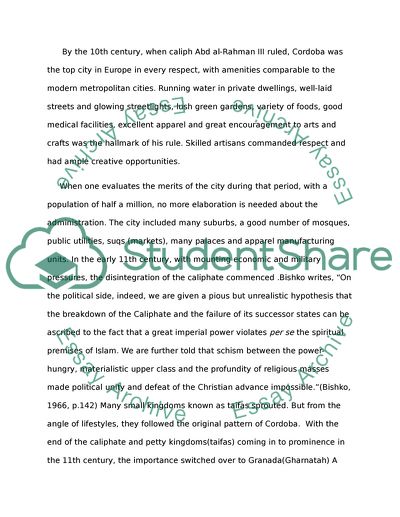Cite this document
(“The intellectual history of Islamic Spain-time frame 711 to 1248 Research Paper”, n.d.)
The intellectual history of Islamic Spain-time frame 711 to 1248 Research Paper. Retrieved from https://studentshare.org/history/1567240-the-intellectual-history-of-islamic-spain
The intellectual history of Islamic Spain-time frame 711 to 1248 Research Paper. Retrieved from https://studentshare.org/history/1567240-the-intellectual-history-of-islamic-spain
(The Intellectual History of Islamic Spain-Time Frame 711 to 1248 Research Paper)
The Intellectual History of Islamic Spain-Time Frame 711 to 1248 Research Paper. https://studentshare.org/history/1567240-the-intellectual-history-of-islamic-spain.
The Intellectual History of Islamic Spain-Time Frame 711 to 1248 Research Paper. https://studentshare.org/history/1567240-the-intellectual-history-of-islamic-spain.
“The Intellectual History of Islamic Spain-Time Frame 711 to 1248 Research Paper”, n.d. https://studentshare.org/history/1567240-the-intellectual-history-of-islamic-spain.


